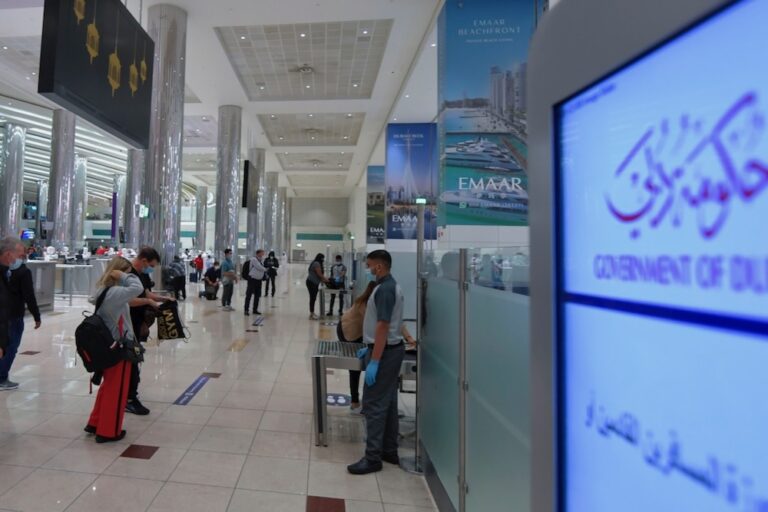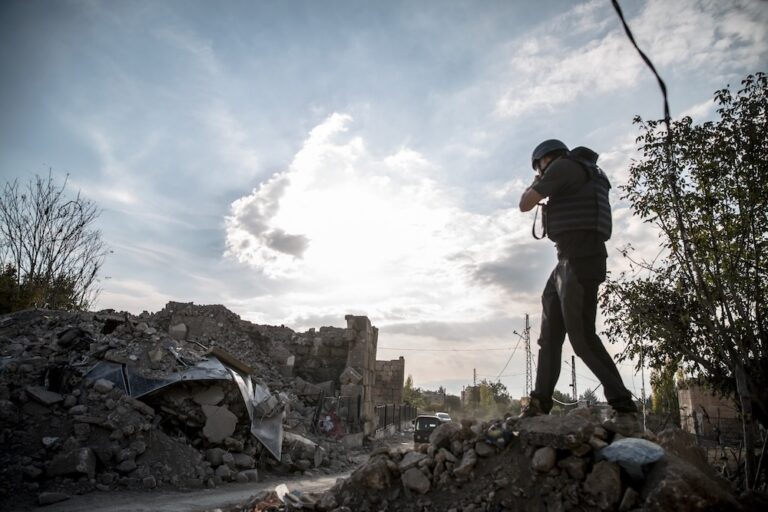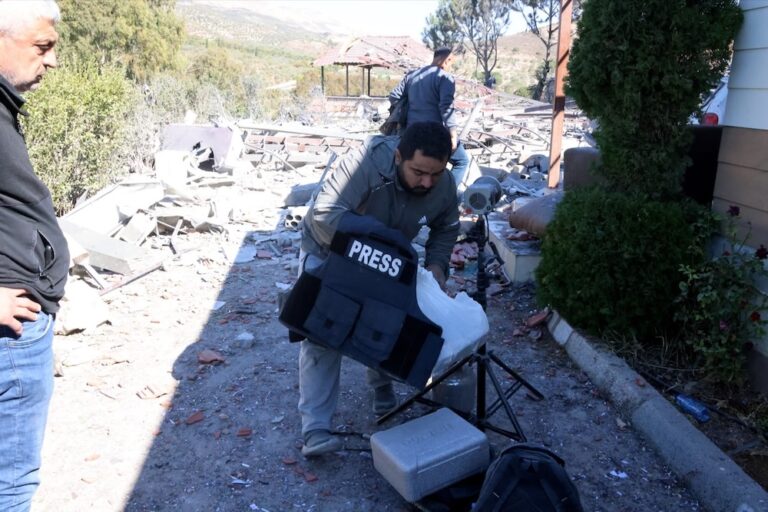As anti-government protests in Lebanon continue, a new report from Maharat Foundation examines the impact of freedom of expression and media in the first several weeks of the uprising.
This statement was originally published on maharatfoundation.org on 13 February 2020.
The Lebanese revolution launched on 17 October and carried out till to the end of December 2019 resulted in major transformations in Lebanese social life and this will have many repercussions for the future of Lebanon in the coming years.
This study was aimed at monitoring and documenting the revolution in regards to freedom of opinion, which was the most powerful means to raise the voice of people to reach all regions in Lebanon. The reach also extended to different countries around the world through the media coverage by international media organizations. The revolutionary voices of the people challenged all political leaders; which was something encountered for the first time in Lebanon. Thus, this affected deeply the entire community, including journalists, media institutions, activists, unions, and academics.
Based on the importance of the protests, and on the exercise of freedom of expression, this study documents issures related to freedom of opinion and expression since the launching of the revolution on 17 October 2019 until the first of December 2019.
The most significant thing is that freedom of expression reached its peak during the revolution, and this is an unprecedented phenomenon in Lebanon. People criticized politicians freely and their expression reached the extent of defamation, and public accusation of corruption and theft. This way of expression was used daily by the protesters through different media platforms without any fear or formalities. Thus, the popular movement deserved the name “revolution” because it broke all the principles of the traditional ways of expression, and broke the barrier of fear of prosecutions, as if people on the streets wanted to destroy the image of politicians, since they lack the ability to remove them from their posts.
Media institutions also broke many professional and ethical rules, whereby some of them provided their space for protesters without any control or monitoring, or through intense discussions; others opted for unjustifiable silence (like the case of Lebanon TV). Therefore the protests and popular movements were a main part of the media coverage by some TV stations, such that these institutions seemed part of the revolution and a mirror for the people protesting.
Hence, media institutions became the voice of the revolution from one side and the voice of opponents from another, and journalists were also categorized as allies or opponents of the revolution. This resulted in violent reactions against journalists during their field coverage.
Based on this fundamental role of the media during this revolution, it is crucial to document issues related to freedom of opinion and expression that became the weapon of protesters against the state forces that tried to oppress them.
Events related to freedom of opinion and expression can be documented under three categories:
First: oppression campaigns against freedom of opinion and expression,
Second: freedom of expression as the weapon of the revolution,
Third: media institutions amidst the revolution.
To read the full report: MONITORING FREEDOM OF EXPRESSION AND MEDIA DURING THE REVOLUTION



